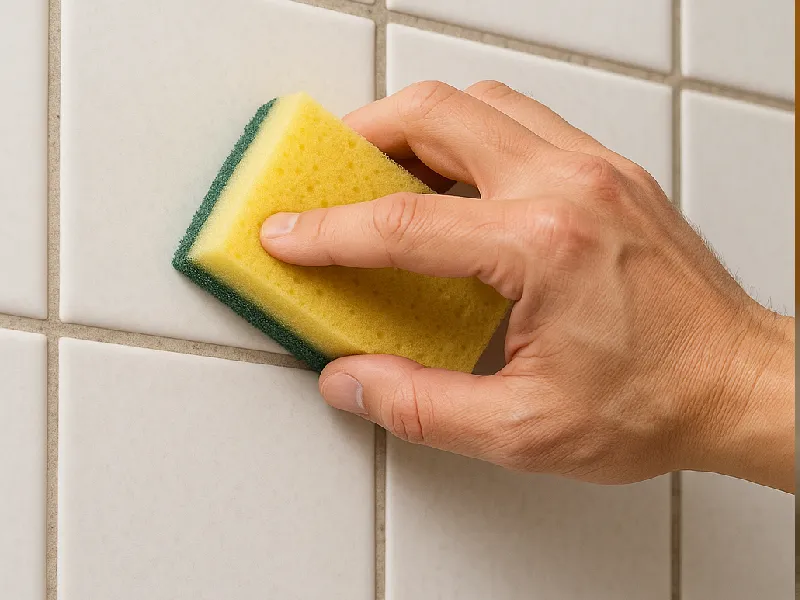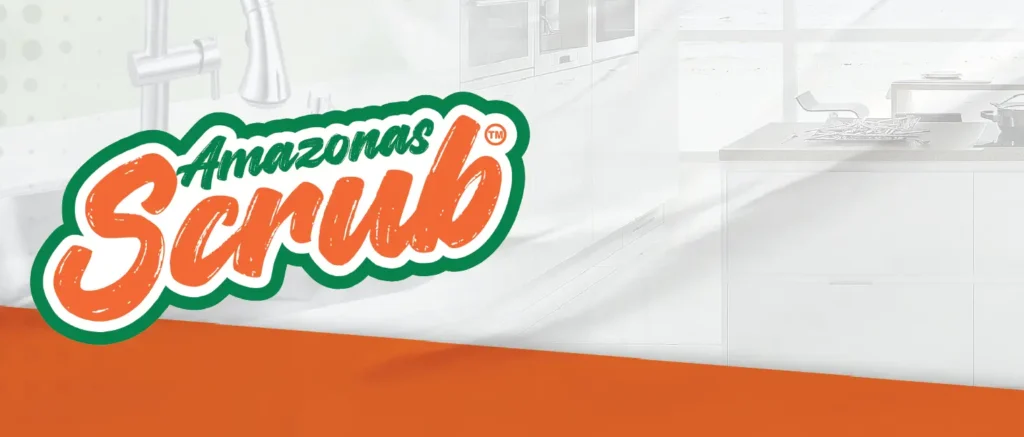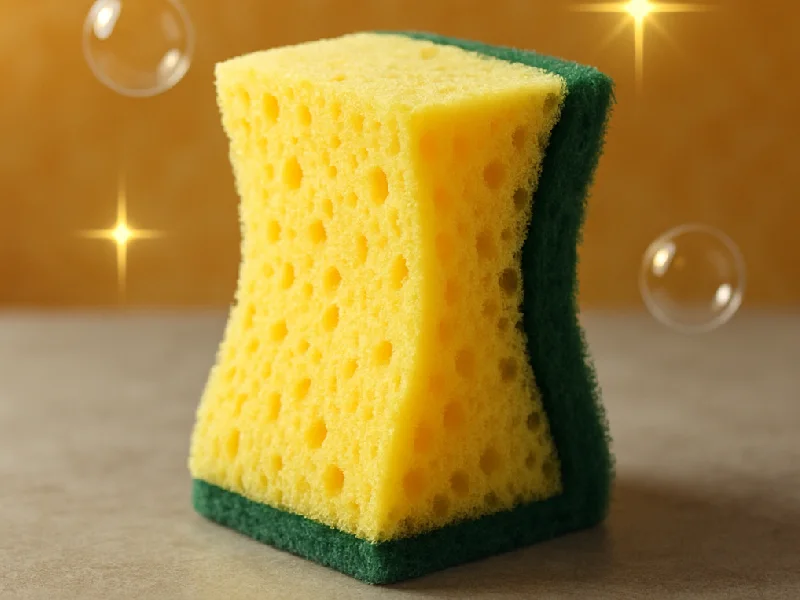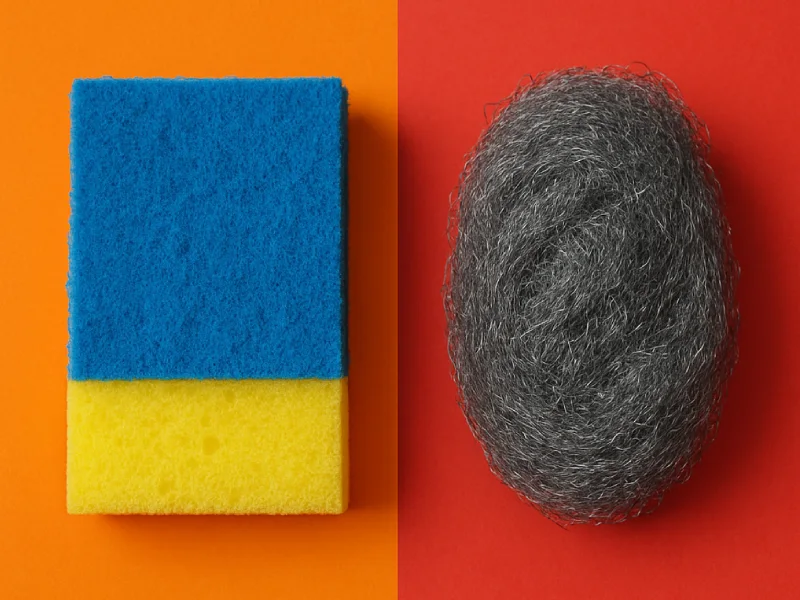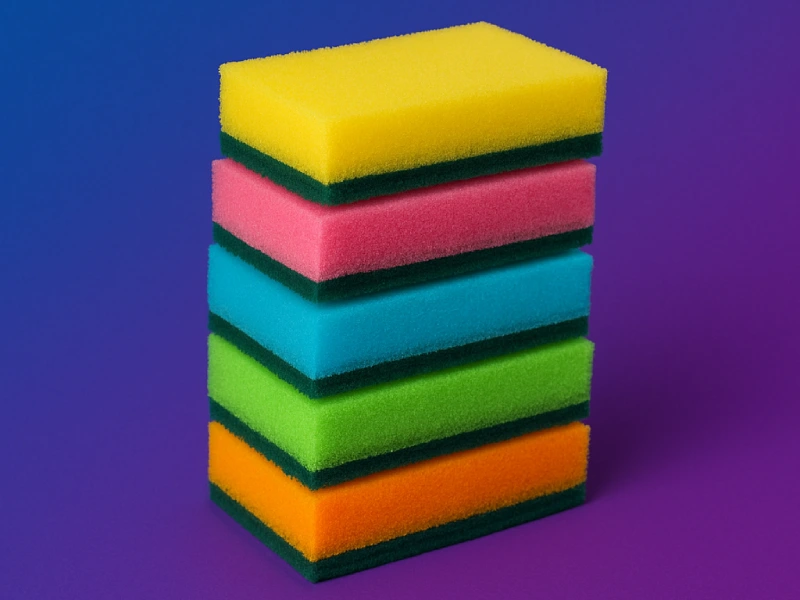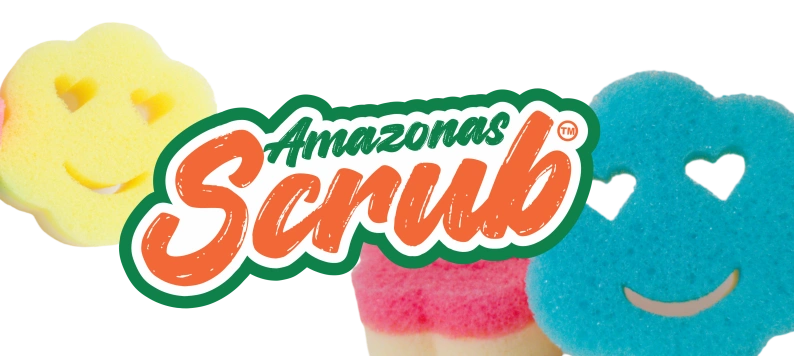Dirty, stained grout lines can make even the cleanest bathrooms and kitchens look grimy. While cleaning grout is a common household chore, using the right tools is the secret to achieving that sparkling, like-new finish without hours of back-breaking work. The hero of this story? The humble sponge. But not just any sponge will do. This guide provides expert tips on how to find the best sponges for cleaning grout lines effectively, ensuring a deep clean without damaging your tile work.
Why the Right Sponge Matters for Grout Cleaning
Grout is a porous material, which means it easily absorbs dirt, mildew, and soap scum. Using a sponge that’s too abrasive can wear away the grout, leading to costly repairs. On the other hand, a sponge that’s too soft won’t have the scrubbing power to lift away tough stains. The ideal grout sponge strikes the perfect balance, offering enough texture to clean effectively while being gentle enough to protect the grout’s integrity.
Key Features of a Great Grout Sponge
When you’re on the hunt for the perfect grout cleaning tool, keep these features in mind:
- Precision Shape: Look for sponges with defined edges or corners that can get deep into narrow grout lines.
- Gentle Abrasiveness: The surface should be slightly textured to scrub away grime but not so rough that it scratches tile or erodes grout.
- High-Density Material: A dense sponge will be more durable and won’t fall apart after a few vigorous scrubs.
- Excellent Absorbency: The sponge needs to hold onto your cleaning solution and lift away dirty residue effectively.
Our Top Recommendation: Amazonas Sponges
For a tool that ticks all the boxes, we recommend Amazonas sponges. These specialized cleaning sponges are designed to tackle bathroom and kitchen grout with precision and gentle scrubbing power. Their unique composition allows them to remove stubborn stains from mold, mildew, and spills while being safe for most tile surfaces, including ceramic, porcelain, and natural stone.
Tackling Bathroom Grout
In the bathroom, grout faces a constant battle with soap scum and mildew. The firm, angled edges of Amazonas sponges make it easy to target the grout lines between shower tiles, around the tub, and on the floor, restoring them to their original color.
Cleaning Kitchen Grout Lines
Kitchen grout is a magnet for food splatters, grease, and spills. The durable nature of Amazonas sponges stands up to greasy messes, allowing you to scrub effectively without the sponge disintegrating. They help lift stains from coffee, wine, and sauces, keeping your backsplash and floors looking pristine.
How to Clean Grout Lines Like a Pro: A Step-by-Step Guide
- Prepare Your Cleaner: Mix a solution of equal parts white vinegar and warm water, or use your favorite commercial grout cleaner.
- Apply the Solution: Spray or pour the cleaner directly onto the grout lines and let it sit for 5-10 minutes to penetrate the grime.
- Scrub Gently: Dampen your Amazonas sponge and use its edges to scrub the grout lines in a circular or back-and-forth motion. Apply steady pressure, but let the sponge and cleaner do most of the work.
- Rinse Thoroughly: Use a clean, wet cloth or sponge to wipe away the cleaning solution and loosened dirt.
- Dry the Area: Dry the tile and grout with a clean towel to prevent new mildew from forming.
Common Grout Cleaning Mistakes to Avoid
- Using Wire Brushes: These are too harsh and will quickly destroy your grout.
- Applying Bleach-Based Cleaners on Colored Grout: This can cause the grout color to fade.
- Skipping the Rinse: Leaving cleaning solution behind can attract more dirt over time.
Frequently Asked Questions (FAQ)
Q: Can I use a regular kitchen sponge to clean grout?
A: While you can, most standard kitchen sponges are either too soft to be effective or have an overly aggressive scouring side that can damage grout. A specialized sponge is a better investment.
Q: How often should I clean my grout?
A: For best results, a light cleaning should be done weekly, with a deep clean every 1-2 months, depending on the amount of traffic and moisture the area receives.
Conclusion
Achieving spotless grout lines doesn’t have to be a frustrating task. By choosing the right tool, you can protect your tile and get professional-level results. With their precision, durability, and gentle scrubbing power, Amazonas sponges are the best choice for tackling tough grout stains in any kitchen or bathroom. Make the switch and let your tile shine.

